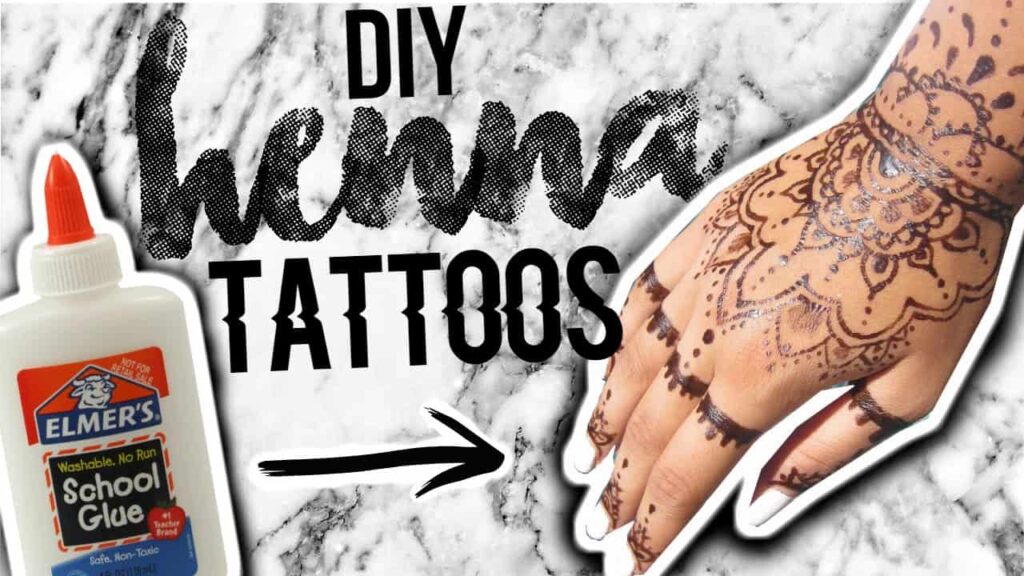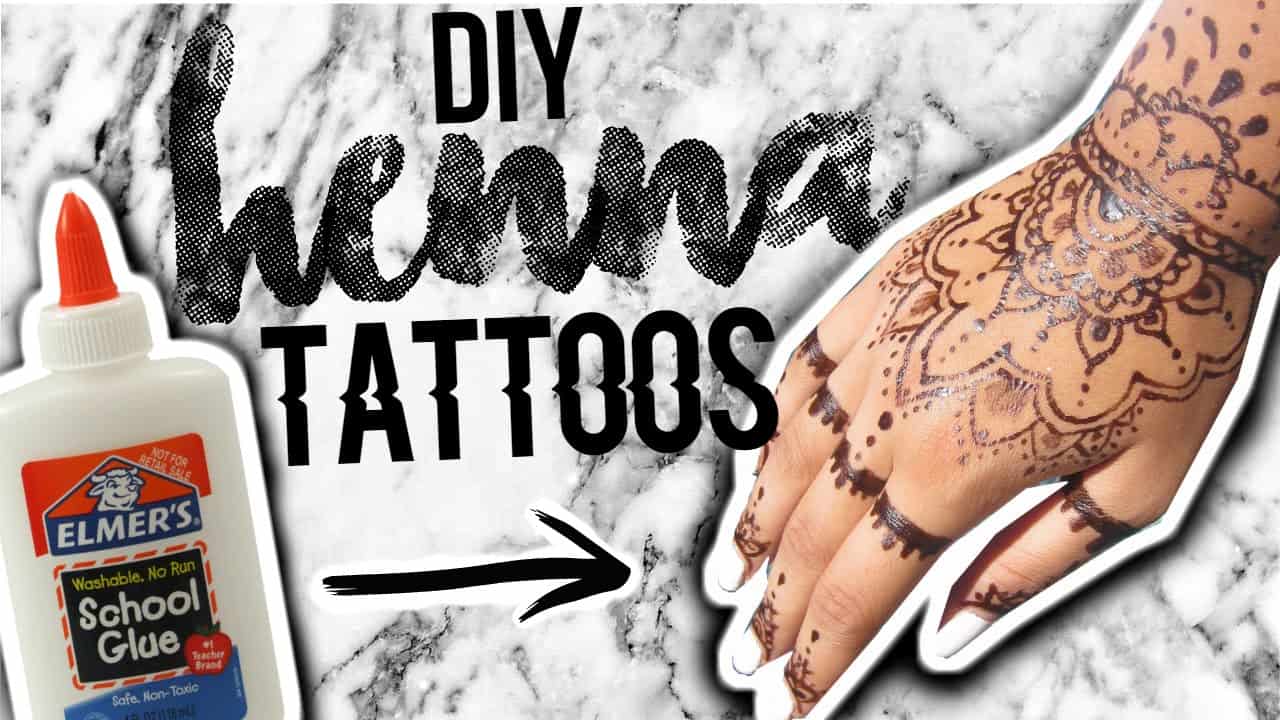
Henna Tattoos: Exploring the Myth of Permanent Henna
Henna tattoos, a form of temporary body art, have been practiced for centuries across various cultures. Derived from the henna plant (Lawsonia inermis), the dye is used to create intricate designs on the skin. But a common question arises: Are henna tattoos permanent? This article delves into the truth behind henna, its application, and the misconception surrounding permanent henna.
What is Henna?
Henna is a flowering plant that has been used for cosmetic and medicinal purposes for thousands of years. The leaves of the henna plant contain a dye molecule called lawsone, which binds to the protein in skin, hair, and nails, creating a stain. The color of the stain depends on various factors, including the quality of the henna, skin type, and how long the henna paste is left on the skin.
Natural Henna vs. Black Henna
It’s crucial to differentiate between natural henna and so-called “black henna.” Natural henna produces a reddish-brown stain. Black henna, on the other hand, often contains a chemical dye called paraphenylenediamine (PPD), which can cause severe allergic reactions, blistering, and permanent scarring. The use of black henna is illegal in many countries due to its health risks.
The Truth About Henna Tattoos and Permanence
The simple answer to whether henna tattoos are permanent is no. Natural henna stains only the outermost layer of the skin, the epidermis. As the skin naturally exfoliates, the stained cells are shed, and the henna design fades over time. This process typically takes between one to three weeks, depending on skin type and aftercare.
Why the Misconception?
The misconception about permanent henna tattoos likely stems from a misunderstanding of the staining process and the misuse of the term “tattoo.” True tattoos involve injecting ink into the dermis, the deeper layer of the skin, making them permanent. Henna, however, only stains the surface and is therefore temporary.
The Application Process
The application of henna involves several steps:
- Preparing the Henna Paste: Henna powder is mixed with a liquid (usually lemon juice or tea) and essential oils to create a paste.
- Applying the Design: The henna paste is applied to the skin using a cone or applicator. Intricate designs are created based on cultural traditions or personal preferences.
- Allowing the Paste to Dry: The henna paste needs to dry on the skin for several hours. The longer it stays on, the darker the stain will be.
- Removing the Paste: Once the paste is dry, it is gently scraped off. Water should be avoided for the first few hours after removal.
- Aftercare: Applying natural oils like coconut or olive oil can help moisturize the skin and prolong the life of the henna stain.
Factors Affecting Henna Stain Duration
Several factors influence how long a henna tattoo will last:
- Skin Type: Drier skin tends to hold the stain longer than oily skin.
- Henna Quality: High-quality, natural henna will produce a darker and longer-lasting stain.
- Application Time: The longer the henna paste remains on the skin, the darker and longer-lasting the stain will be.
- Aftercare: Proper aftercare, including moisturizing the skin, can help prolong the life of the henna design.
- Location on the Body: Areas with thicker skin, such as the hands and feet, tend to hold the stain better than areas with thinner skin.
Dangers of Black Henna
As mentioned earlier, black henna poses significant health risks. The PPD in black henna can cause:
- Allergic Reactions: Ranging from mild itching and redness to severe blistering and swelling.
- Permanent Scarring: The chemical burn caused by PPD can leave permanent scars on the skin.
- Sensitization: Repeated exposure to PPD can lead to permanent sensitivity, making it difficult to use hair dyes or other products containing the chemical.
Always ensure that the henna being used is natural henna. Ask the artist about the ingredients and avoid any henna that appears black or is advertised as producing an immediate dark stain. [See also: Safe Henna Practices]
Henna in Different Cultures
Henna holds cultural significance in various parts of the world, particularly in South Asia, the Middle East, and Africa. It is often used in celebrations such as weddings, religious festivals, and other special occasions.
Indian Weddings
In Indian weddings, the Mehndi ceremony is a significant pre-wedding ritual where intricate henna designs are applied to the bride’s hands and feet. The designs symbolize good luck, prosperity, and marital bliss. The darker the henna stain, the more love and affection the bride will receive from her husband and his family, according to tradition.
Moroccan Traditions
In Morocco, henna is used for various celebrations and is believed to have protective properties. Henna is often applied to ward off evil spirits and bring good fortune. It is also used for medicinal purposes, such as treating skin conditions and relieving headaches.
Henna as a Temporary Art Form
Henna is a beautiful and versatile form of temporary body art. Its natural and non-invasive nature makes it a popular choice for those who want to experiment with body decoration without the commitment of a permanent tattoo. Understanding that henna tattoos are not permanent allows individuals to enjoy the artistic expression without long-term consequences.
The Allure of Temporary Tattoos
The appeal of temporary tattoos lies in their flexibility and freedom. They allow individuals to express their creativity and style without the permanence of traditional tattoos. Henna, in particular, offers a natural and culturally rich alternative to other forms of temporary body art.
Choosing a Reputable Henna Artist
When getting a henna tattoo, it’s crucial to choose a reputable artist who uses natural henna and follows safe practices. Look for artists who:
- Use only natural henna powder.
- Mix their own henna paste using safe ingredients.
- Have a clean and hygienic workspace.
- Are knowledgeable about henna traditions and safety.
- Can provide references or testimonials from previous clients.
Avoid artists who offer black henna or make unrealistic claims about the permanence of their designs. [See also: Finding a Qualified Henna Artist]
Conclusion: Embrace the Temporary Beauty of Henna
In conclusion, henna tattoos are a beautiful and temporary form of body art. The myth of permanent henna is simply that – a myth. Natural henna stains only the outermost layer of the skin and fades over time. While black henna poses serious health risks and should be avoided, natural henna offers a safe and culturally rich way to adorn the body with intricate designs. Embrace the temporary beauty of henna and enjoy the artistic expression without the commitment of permanence. Remember to always choose a reputable artist and ensure that they use natural henna to avoid any potential health issues. The allure of henna tattoos lies in their temporary nature, allowing for artistic expression without the long-term commitment associated with permanent body modifications. The beauty and tradition of henna continue to captivate people worldwide, offering a unique and temporary way to celebrate culture, express creativity, and adorn the body.

